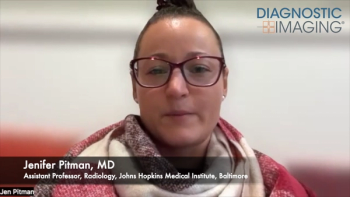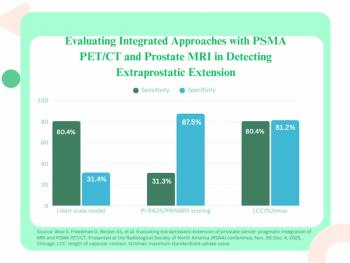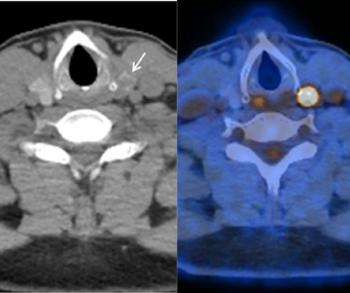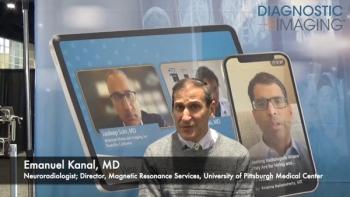FDA Clears AI-Powered Software for Lung Nodule Detection on X-Rays
The artificial intelligence (AI)-enabled VisiRad XR reportedly demonstrated an 83 percent sensitivity rate for detecting lung nodules and masses on chest X-rays in one retrospective study.
VisiRad XR, which utilizes artificial intelligence (AI) to facilitate diagnosis of suspicious lung masses and nodules on chest X-rays, has garnered 510(k) clearance from the Food and Drug Administration (FDA).
Noting that subtle lung nodules are often overlooked on chest X-rays, IMIDEX, the manufacturer of
In a retrospective study examining the use of VisiRad XR on over 11,000 patient images, the AI software reportedly had an 83 percent sensitivity rate for identifying lung masses and nodules, according to IMIDEX. The company suggests that VisiRad XR could facilitate the additional diagnosis of 750 lung nodules or masses a year at hospitals performing 50,000 chest X-rays annually.
“Currently, only 20% of lung cancers are detected in the early stages and only 4% of patients at high risk for lung cancer are routinely screened,” noted Paul Bunn, M.D., a professor of medical oncology at the University of Colorado and former president of the American Society of Clinical Oncology (ASCO). “Increasing our detection of existing lung nodules is key to identifying it early when the patient’s likelihood of survival is markedly higher.”
Newsletter
Stay at the forefront of radiology with the Diagnostic Imaging newsletter, delivering the latest news, clinical insights, and imaging advancements for today’s radiologists.




























